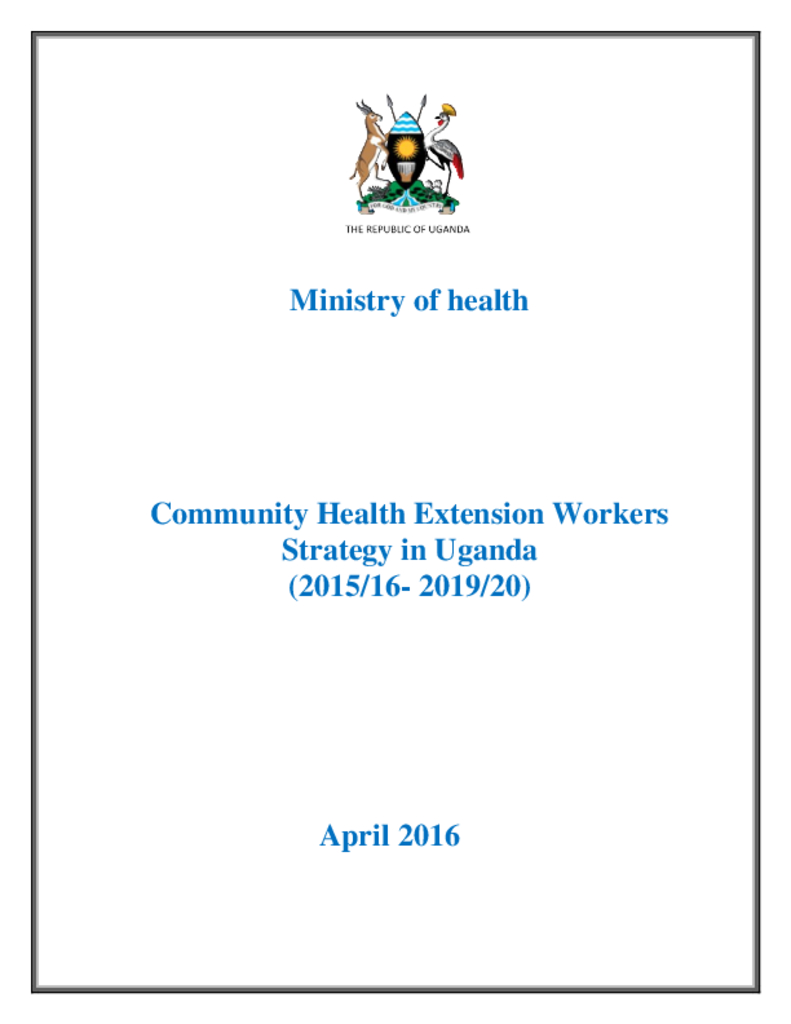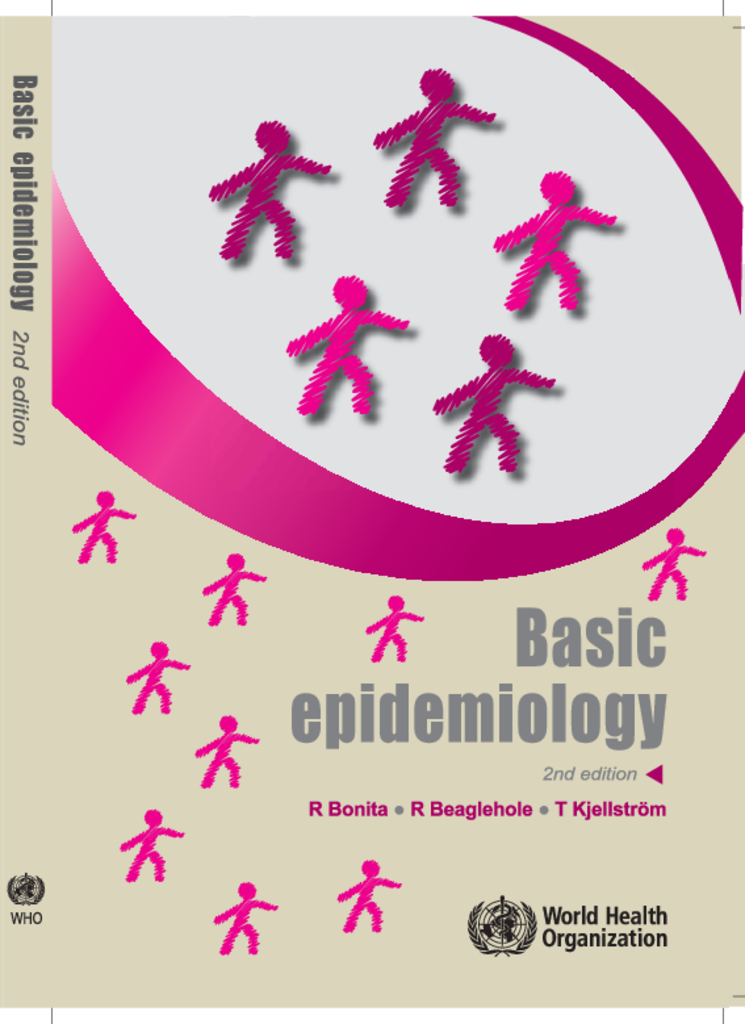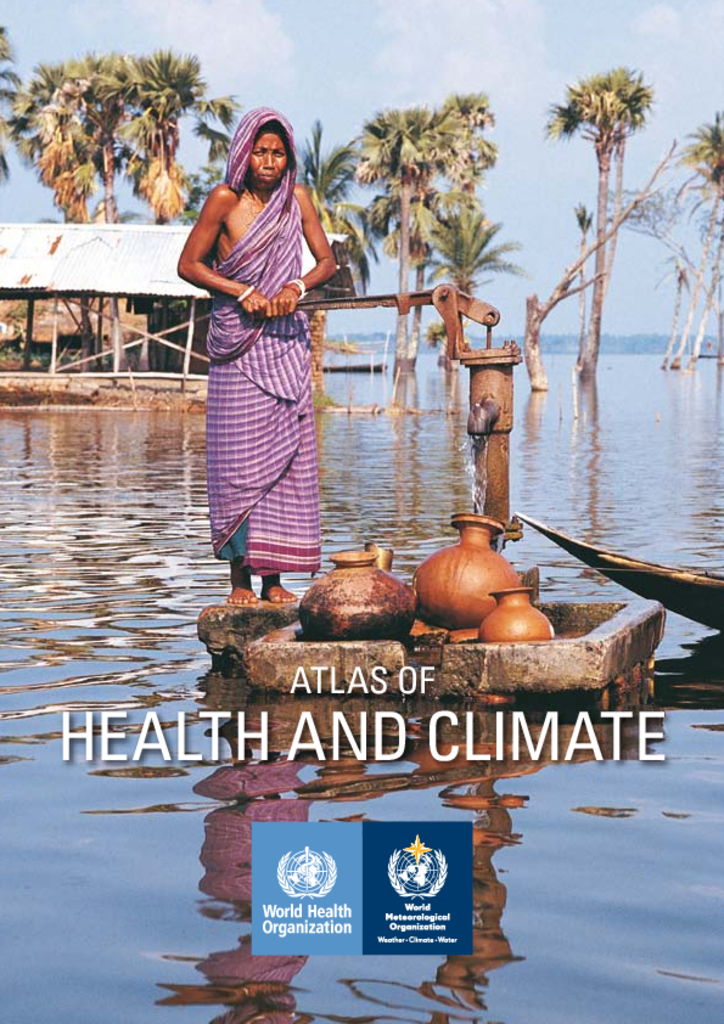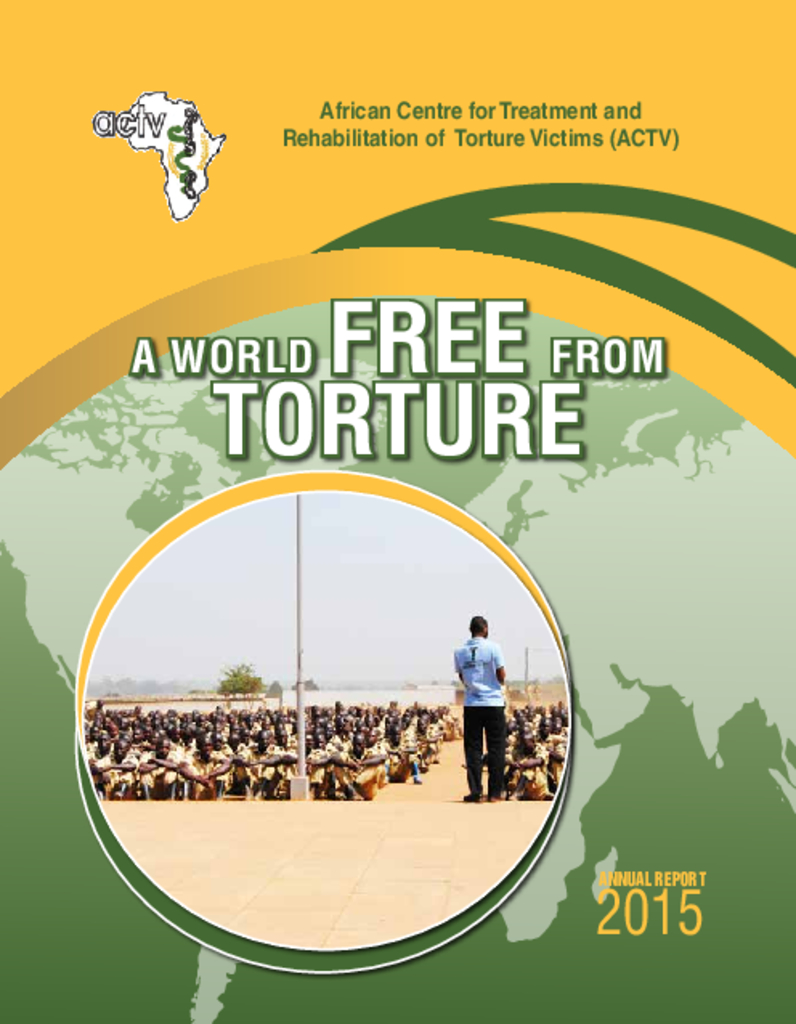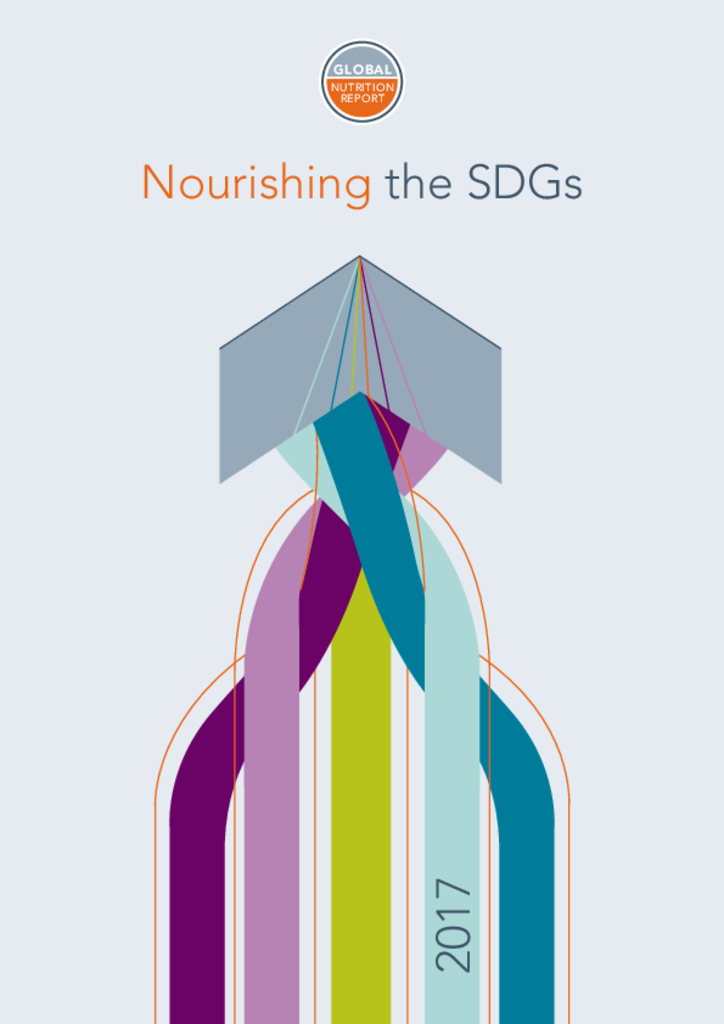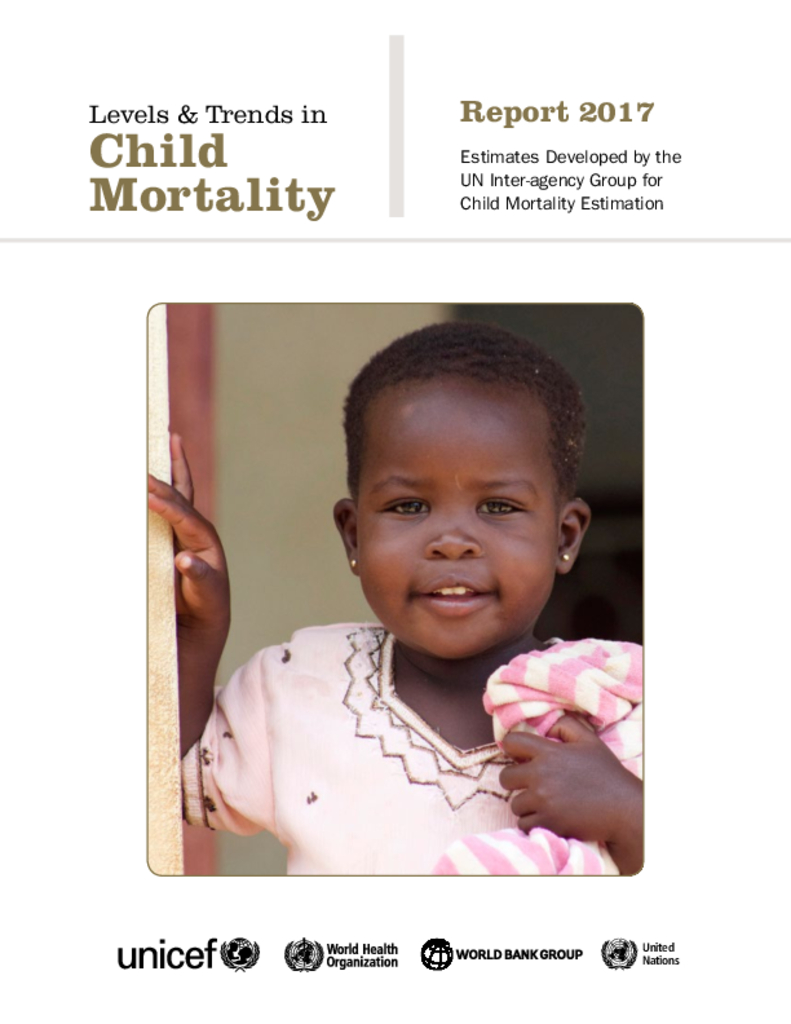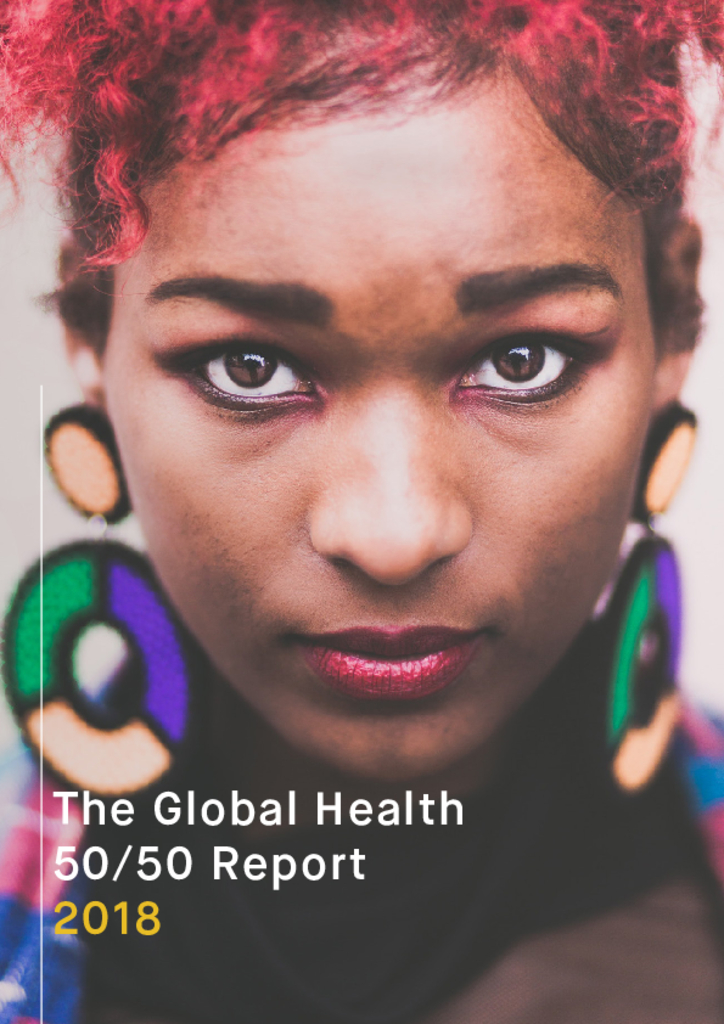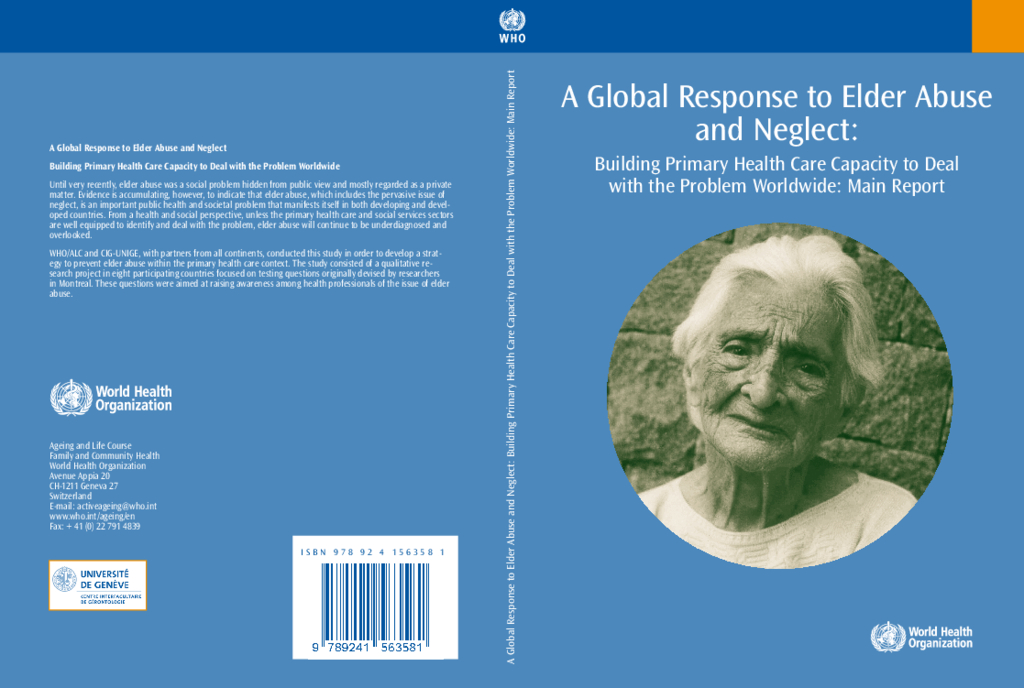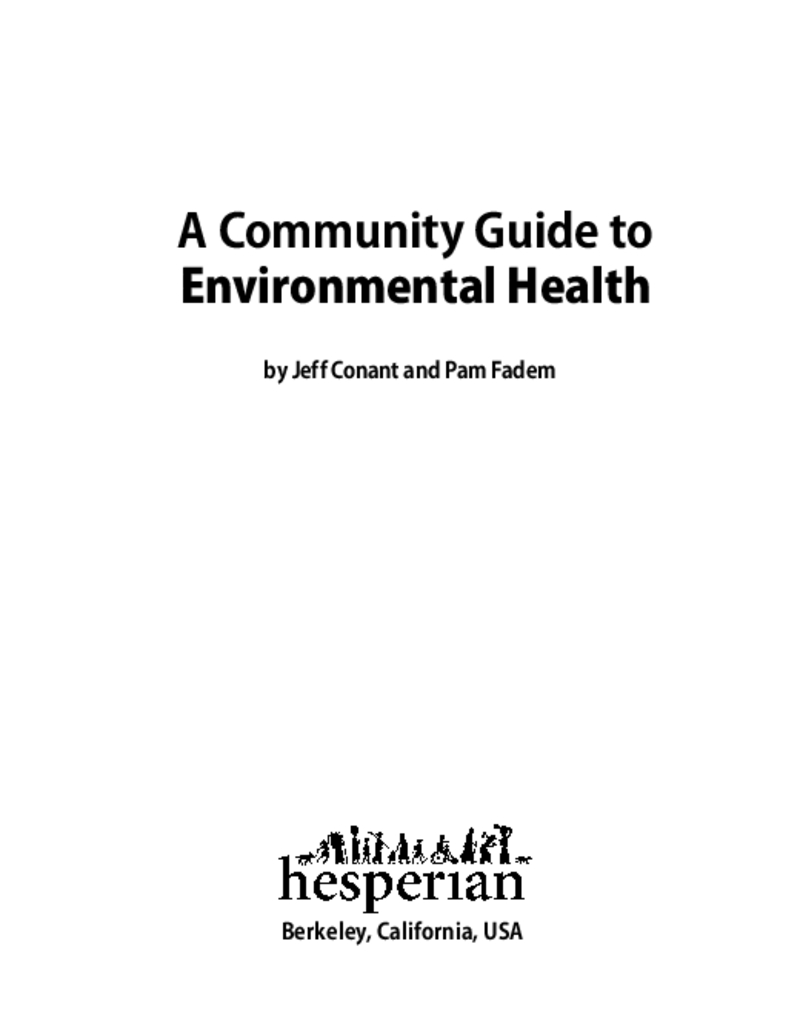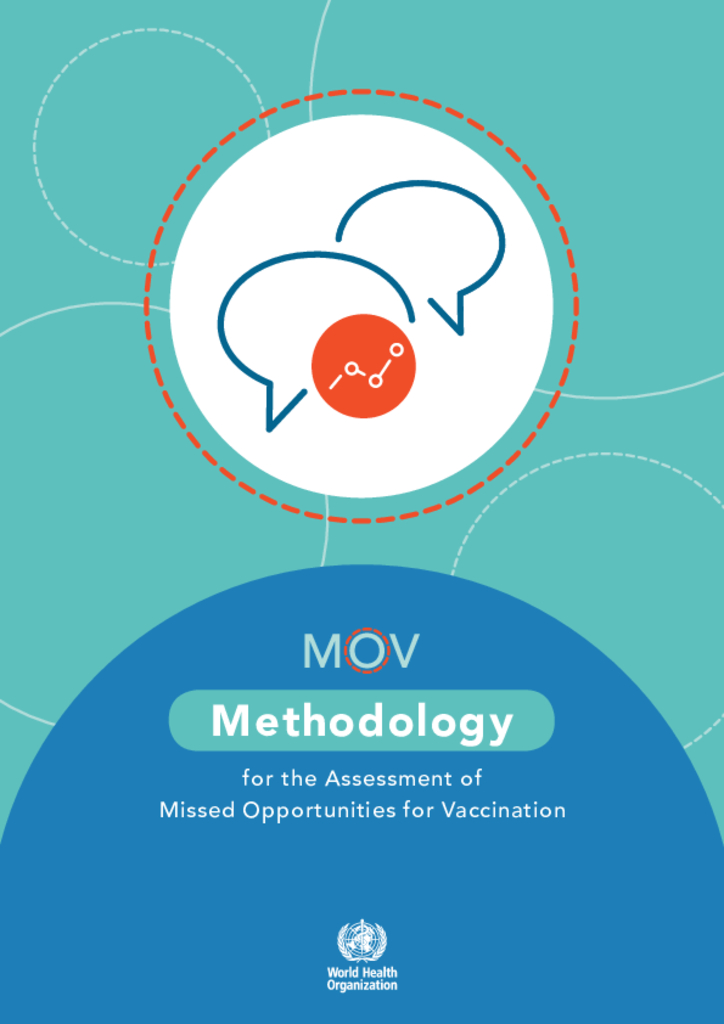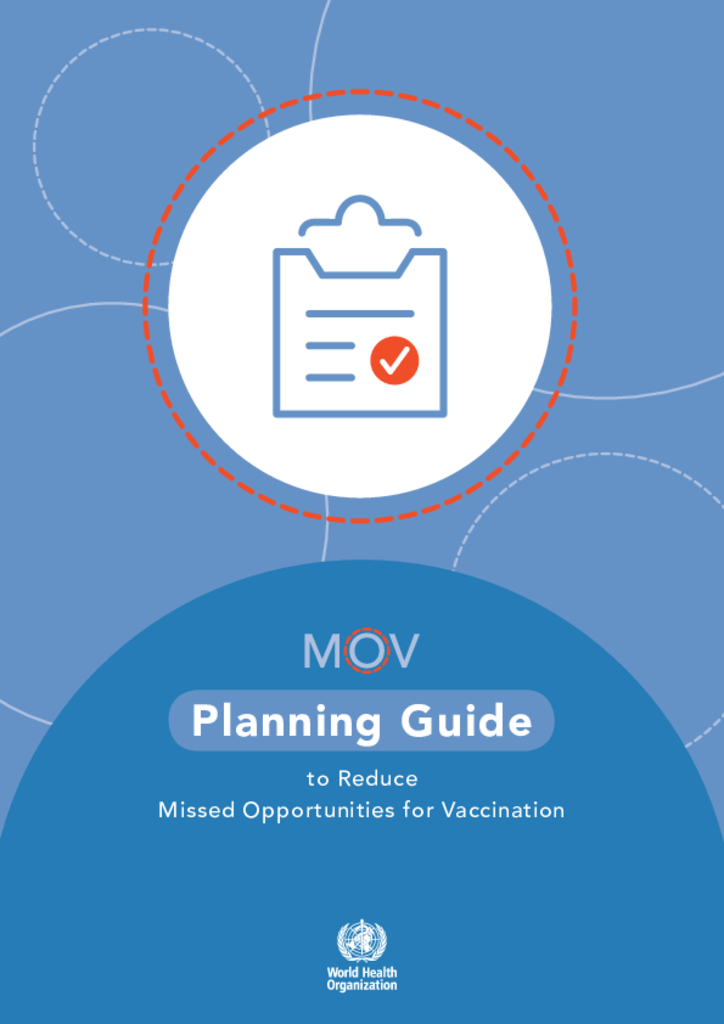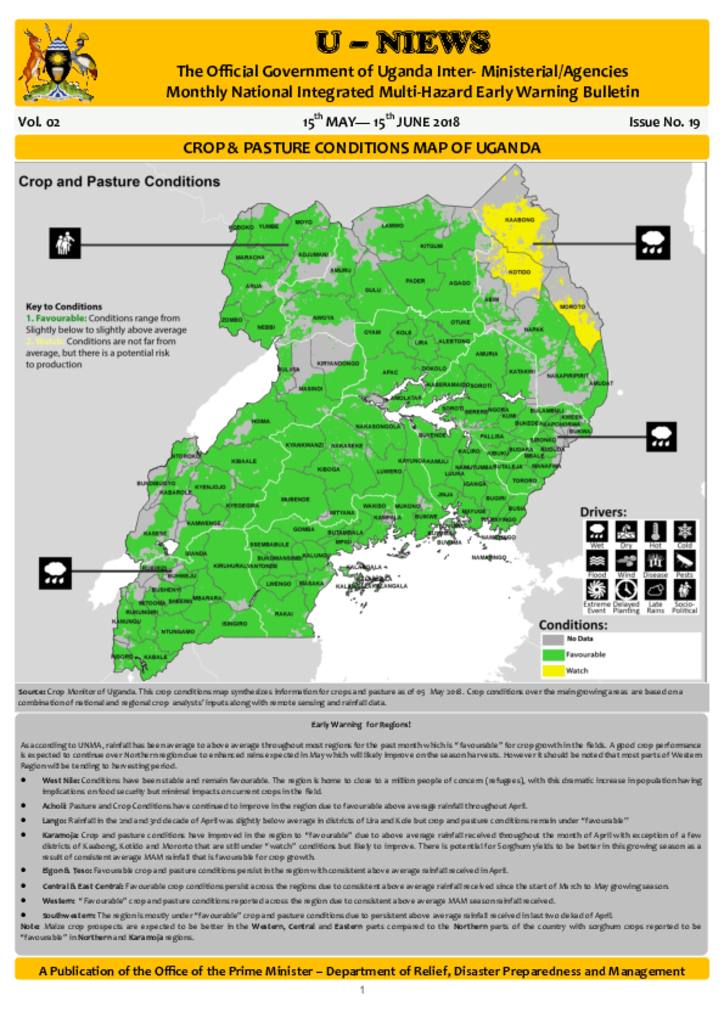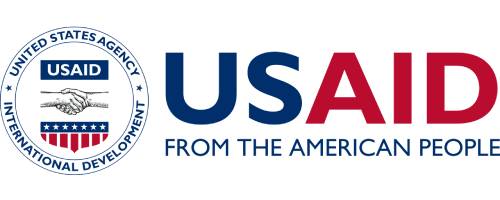Despite major strides to improve the health of the population in the last 10 – 15 years, the health status of Ugandans remains relatively poor with high morbidity and mortality from preventable causes. The National Population and Housing Census 2014 show a life expectancy of 63.3 years and under five mortality of 80/1000. The major health problems of the country largely arise from preventable communicable diseases, non-communicable diseases and nutritional disorders. The majority (about 75%) of Ugandans live in rural areas, many of which are remote and lack health services. Government therefore recognized the need to develop a health care delivery system designed to improve the health status of households, with their full participation, using local technologies and resources.
The essential role of epidemiology is to improve the health of populations. This textbook provides an introduction to the basic principles and methods of epidemiology. It is intended for a wide audience, and to be used as training material for professionals in the health and environment fields.
Human health is profoundly affected by weather and climate. Extreme weather events kill tens of thousands of people every year and undermine the physical and psychological health of millions. Droughts directly affect nutrition and the incidence of diseases associated with malnutrition. Floods and cyclones can trigger outbreaks of infectious diseases and damage hospitals and other health infrastructure, overwhelming health services just when they are needed most.
The African Centre for Treatment and Rehabilitation of Torture Victims (ACTV) is humbled to present to you the 2015. Annual Report that gives an account of the activities undertaken by ACTV from January 2015 to December 2015. It reflects on the lessons learnt in the period, the challenges faced and the future plans we have in an effort to deliver our mandate
This report was produced by an Independent Expert Group empowered by the Global Nutrition Report Stakeholder Group. The writing was a collective effort by the group members, led by the co-chairs and supplemented by additional analysts and contributors
The world has made substantial progress in reducing child mortality in the past several decades. The total number of under-five deaths dropped to 5.6 (5.4, 6.0)1 million in 2016 from 12.6 (12.4, 12.8) million in 1990 – 15,000 every day compared with 35,000 in 1990. Globally, the under-five mortality rate dropped to 41 (39, 44) deaths per 1,000 live births in 2016 from 93 (92, 95) in 1990 – a 56 (53, 58) per cent decline.
The report shows that, although gender is one of the most significant social determinants of health outcomes, the global health community remains largely gender-blind. This holds true both in ensuring gender parity in leadership across public, private and civil society organisations and in delivering gender-responsive programmes.
This publication results from the joint research programme “A Global Response to Elder Abuse and Neglect: Building Primary Health Care Capacity to Deal with the Problem Worldwide” undertaken by the World Health Organization Ageing and Life Course Programme (WHO/ALC) and the Center for Interdisciplinary Gerontology at the University of Geneva (CIG-UNIGE). The project was initiated and supervised by Dr Alexandre Kalache, Coordinator of the WHO Ageing and Life Course unit, and by Professor Charles-Henri Rapin, Adjunct Professor at the University of Geneva/University Hospital of Geneva. Ms Karina Kaindl coordinated the project and wrote this report under the direction of the project supervisors.
When we talk about environmental health, we mean the way our health is affected by the world around us, and also how our activities affect the health of the world around us. If our food, water, and air are contaminated, they can make us sick. If we are not careful about how we use the air, water, and land, we can make ourselves and the world around us sick. By protecting our environment, we protect our health.
The Methodology for the Assessment of Missed Opportunities for Vaccination (MOV) provides the detailed steps for conducting the field work component of the MOV assessment and the brainstorming sessions, both of which contribute to the development of a detailed action plan for reducing MOV. These activities constitute Steps 3-6 of the 10-step MOV strategy listed below, as outlined in the MOV Planning Guide:
Global vaccination coverage has stagnated at about 80% since 2006. This means that one-fifth of the global annual birth cohort remains unvaccinated with DTP3. Recent calls to “reach the 5th child” through outreach services are based on the assumption that the 5th child has no access to health services. However, previous desk reviews and analysis by the World Health Organization (WHO) suggest that a proportion of these missed children may already be accessing treatment and vaccination services. The MOV strategy proposes concerted “in-reach” efforts, in addition to outreach, to identify and reduce the opportunities that are missed at the health facility level on a day-to-day basis.
As according to UNMA, rainfall has been average to above average throughout most regions for the past month which is “favourable” for crop growth in the fields. A good crop performance is expected to continue over Northern region due to enhanced rains expected in May which will likely improve on the season ha rvests. However it should be noted that most parts of Western
Region will be tending to harvesting period
